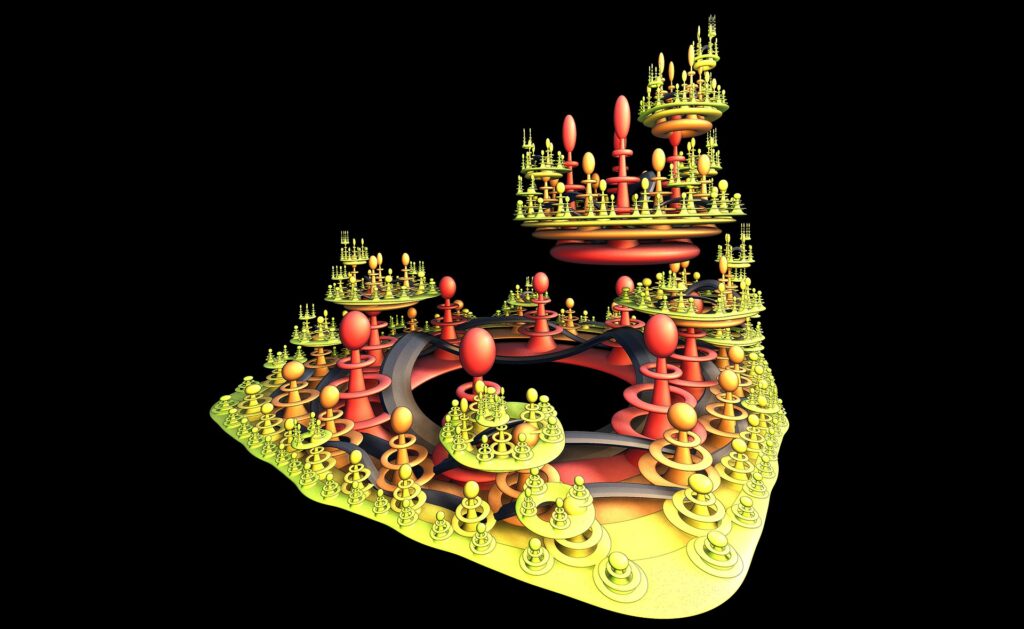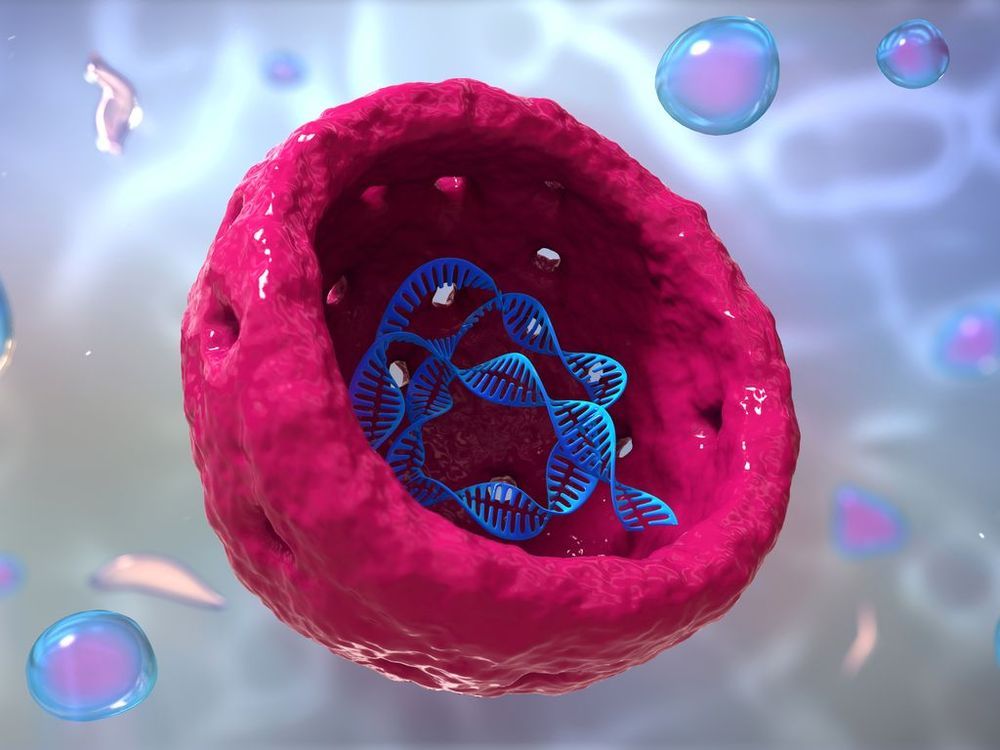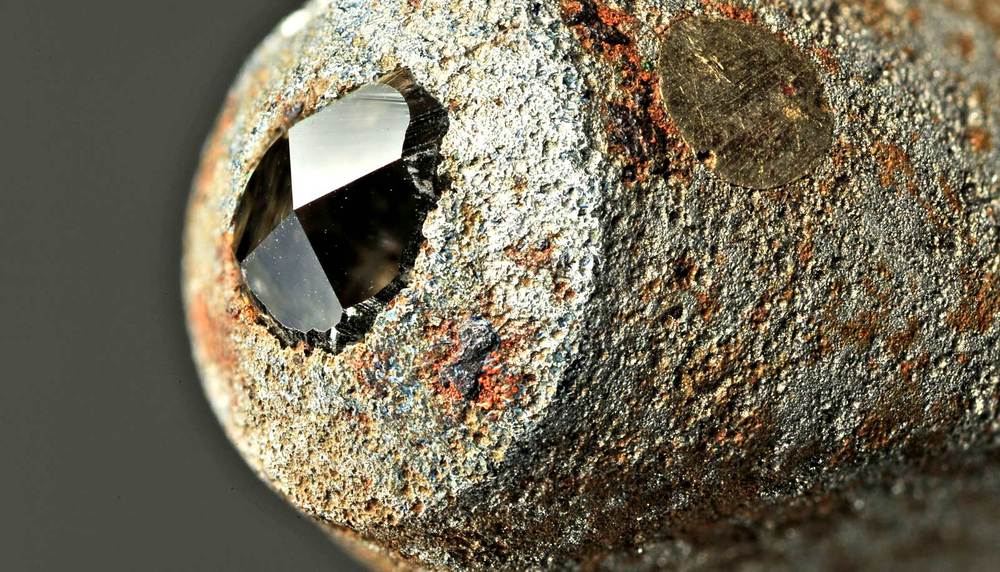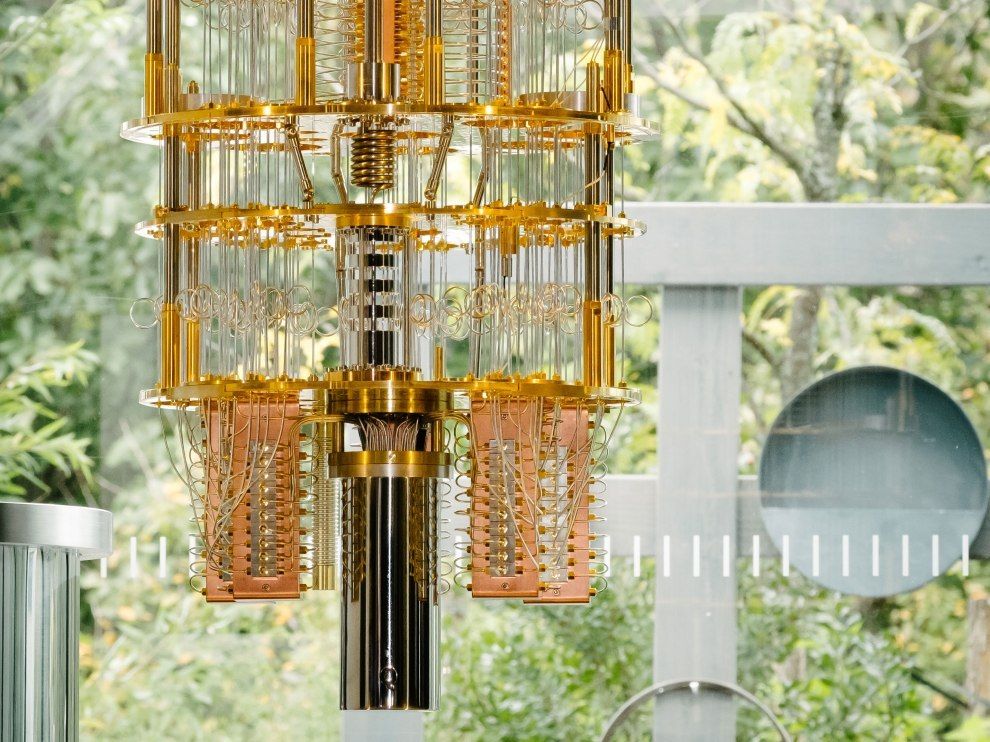Cells with nuclei bear certain similarities to simple archaeal cells, which may help clear up their fuzzy evolutionary past.
Far from being a mystical “ghost in the machine”, consciousness evolved as a practical mental tool and we could engineer it in a robot using these simple guidelines.
Machine learning predicts 43 previously unknown, superhard forms of carbon. Could one offer a cheaper alternative to diamond?

What might the end of work mean for the future of buildings? Firstly, a significant proportion of the built environment that has up to now been designed for people-centred economic activities —offices, shopping centers, banks, factories and schools—may over the next 10–20 years house 50% or less of the number of workers with far fewer physical customers. Furthermore, with the rise of artificial intelligence (AI), some organizations might run on algorithm alone with literally no human staff.
The future of jobs is not just about employment, but about larger societal shifts with dramatic impact on the use of space and resources. Indeed, AI is increasingly likely to provide a meta-level management layer — collating data from a variety from a range of sources to monitor and control every aspect of the built environment and the use of resources within it.
Today, at the dawn of the AI revolution, some of the latest technology coming at us involves mixed reality; advances in virtual reality (VR) and augmented reality (AR) are buzzing with new uses in places of work, education and various commercial settings. Teaching and training are exemplary uses — enabling dangerous, rare or just everyday situations to be simulated for trainees. Such simulations also provide the nexus point for humans to work alongside AI. For example, robot surgeons might do the cutting, while a human surgeon looks on remotely via video or a VR/AR interface. How might places be redesigned to accommodate this human-AI hybrid job future? The outcome could be spaces that embrace the blurring of physical and digital worlds, possibly with multi-sensory connection points between the two.
The coming wave of AI in business and society could impact the future design, use and management of buildings in dramatic ways. Key design features, including construction, security, monitoring and maintenance, could become coordinated by highly automated AI
IBM continues to push its quantum computing efforts forward and today announced that it will soon make a 53-qubit quantum computer available to clients of its IBM Q Network. The new system, which is scheduled to go online in the middle of next month, will be the largest universal quantum computer available for external use yet.
The new machine will be part of IBM’s new Quantum Computation Center in New York State, which the company also announced today. The new center, which is essentially a data center for IBM’s quantum machines, will also feature five 20-qubit machines, but that number will grow to 14 within the next month. IBM promises a 95 percent service availability for its quantum machines.
IBM notes that the new 53-qubit system introduces a number of new techniques that enable the company to launch larger, more reliable systems for cloud deployments. It features more compact custom electronics for improves scaling and lower error rates, as well as a new processor design.
With pollution a major issue for Paris and the city’s public transport bursting at the seams, one start-up has a solution involving the River Seine.
The Bubble, a “flying taxi”, is powered by electricity and lifts out of the water on “wings” – and boasts green credentials such as being noise and pollution-free. It costs around €200,000 to build and can reach speeds of up to 18 knots (20.7mph). Test voyages in Paris are limited to a maximum speed of 18.6mph.
The service could launch as early as spring next year, according to a press release from the Paris mayor’s office. The Seabubbles start-up launched a four-day test run on the Seine on Monday.
Boca Chica is home to a beach, a village, and SpaceX’s Texas launch site, where Elon Musk’s company is developing its Starship rocket for Mars.
Guppies, a perennial pet store favorite, have helped a UC Riverside scientist unlock a key question about evolution:
Do animals evolve in response to the risk of being eaten, or to the environment that they create in the absence of predators? Turns out, it’s the latter.
David Reznick, a professor of biology at UC Riverside, explained that in the wild, guppies can migrate over waterfalls and rapids to places where most predators can’t follow them. Once they arrive in safer terrain, Reznick’s previous research shows they evolve rapidly, becoming genetically distinct from their ancestors.
Financial analysts are looking at Elon Musk’s plans to surround Earth with thousands of high-speed internet satellites — and they see a lot of green.
Downloading your brain may seem like science fiction, but some neuroscientists think it’s not only possible, but that we’ve already started down a path to one day make it a reality. So, how close are we to downloading a human brain?
How Close Are We to Fusion Energy? — https://youtu.be/ZW_YCWLyv6A
We’ve Put a Worm’s Mind in a Lego Robot’s Body
https://www.smithsonianmag.com/smart-news/weve-put-worms-min…399/?no-is
“A wheeled Lego robot may not look like a worm, but it ‘thinks’ like one after programmers gave it the neuron connections in a C. elegans roundworm”
Crumb of Mouse Brain Reconstructed in Full Detail
https://www.nature.com/news/crumb-of-mouse-brain-reconstruct…il-1.18105
“The resulting three-dimensional map is the first complete reconstruction of a piece of tissue in the mammalian neocortex, the most recently evolved region of the brain.”
The Immortalist: Uploading the Mind to a Computer
https://www.bbc.com/news/magazine-35786771
“Within the next 30 years,” promises Dmitry Itskov, “I am going to make sure that we can all live forever.”
____________________







